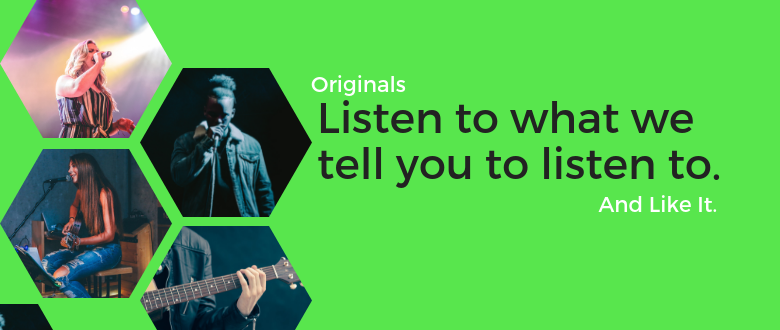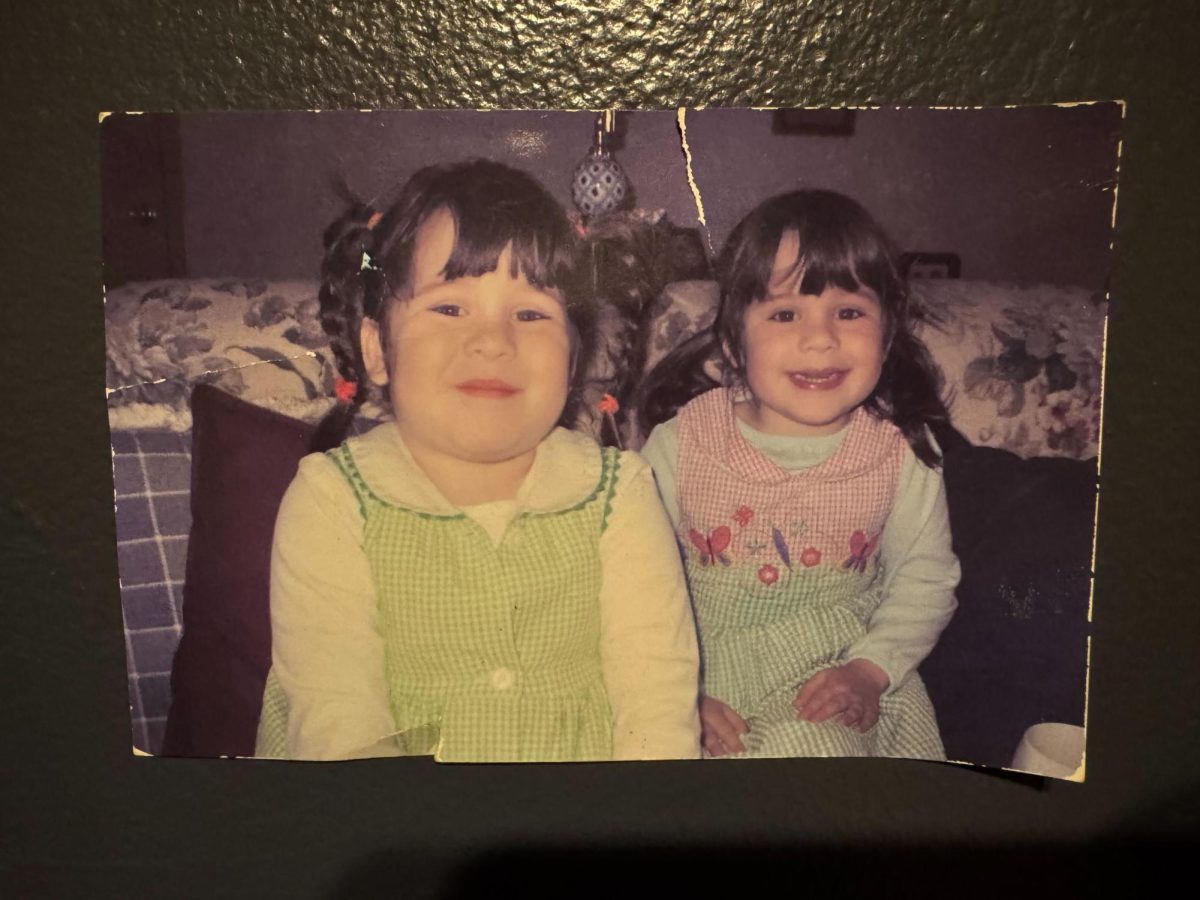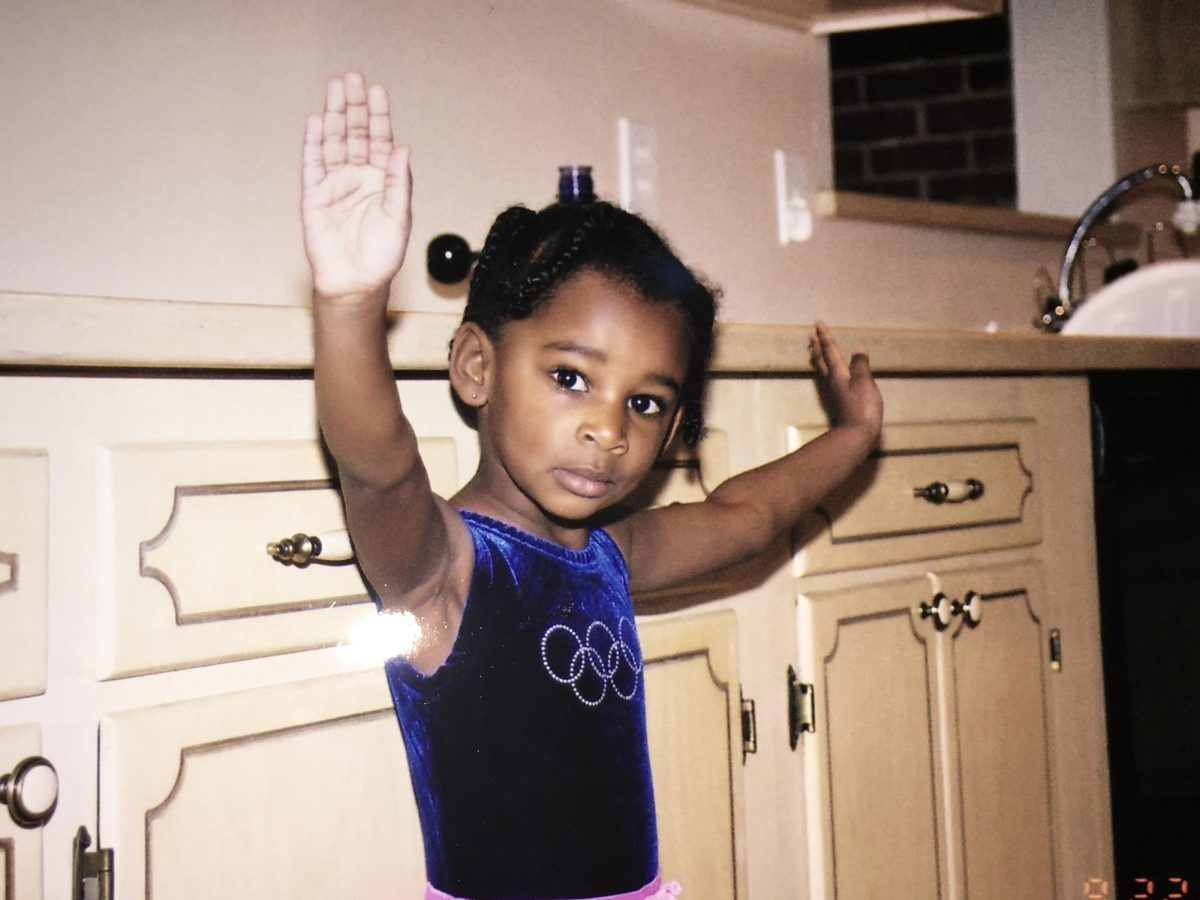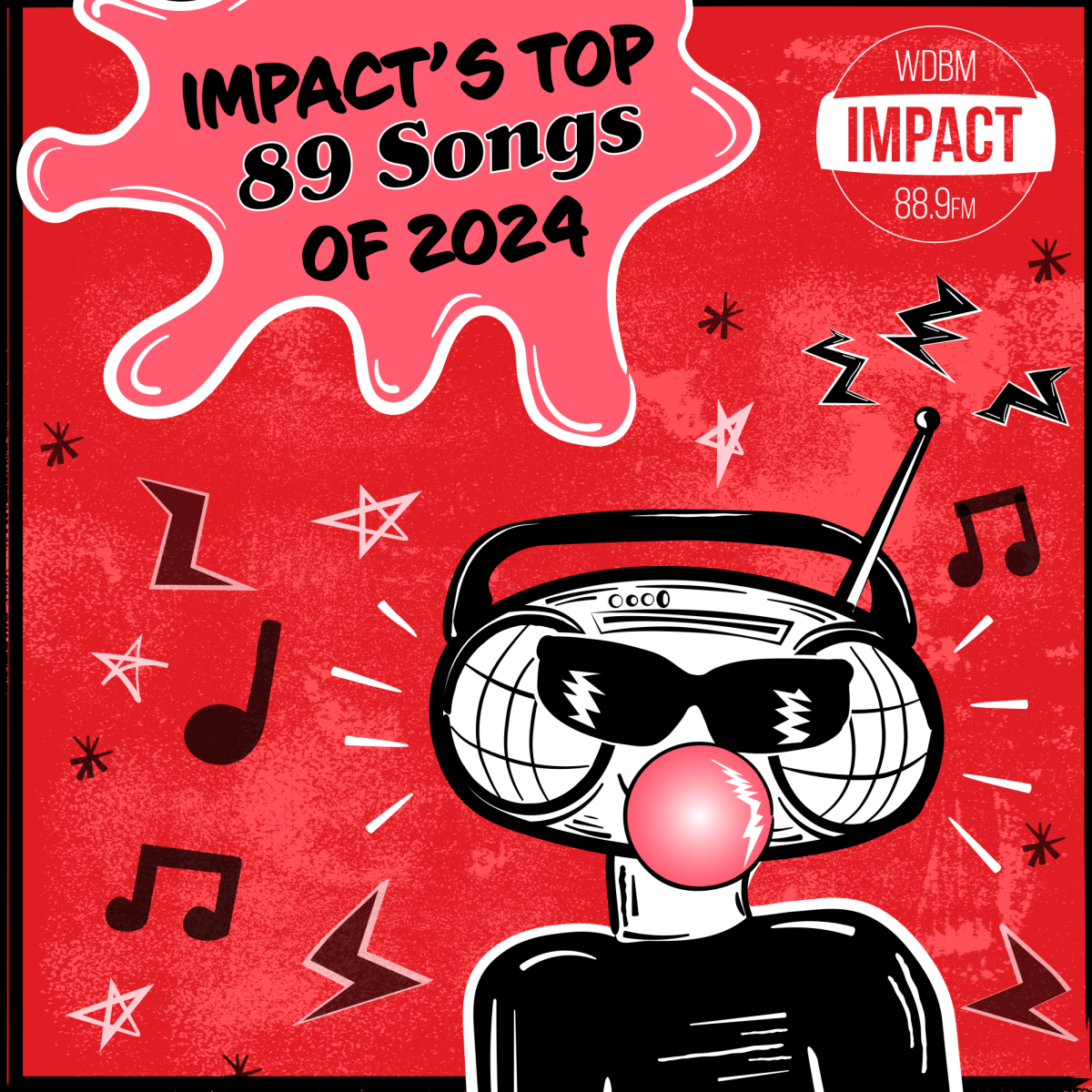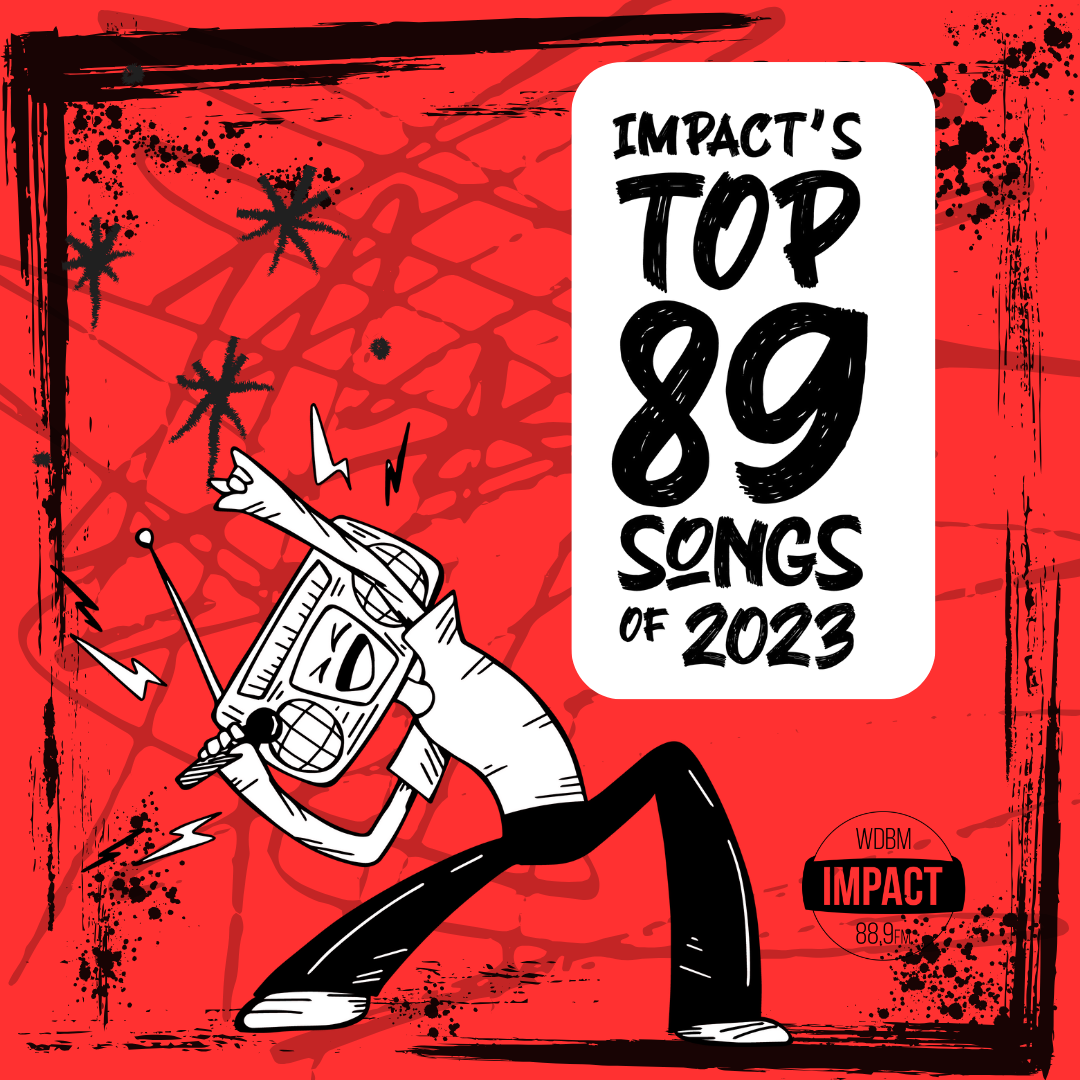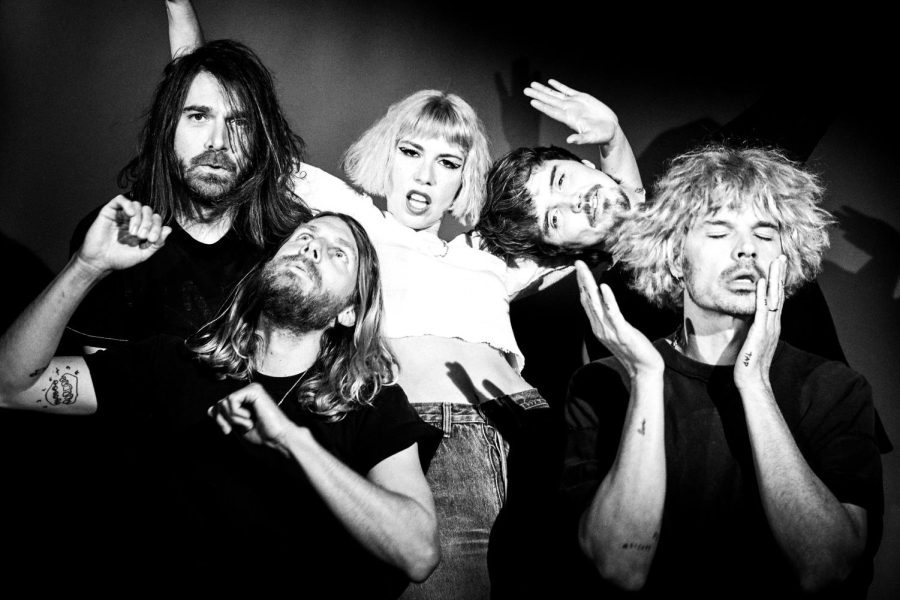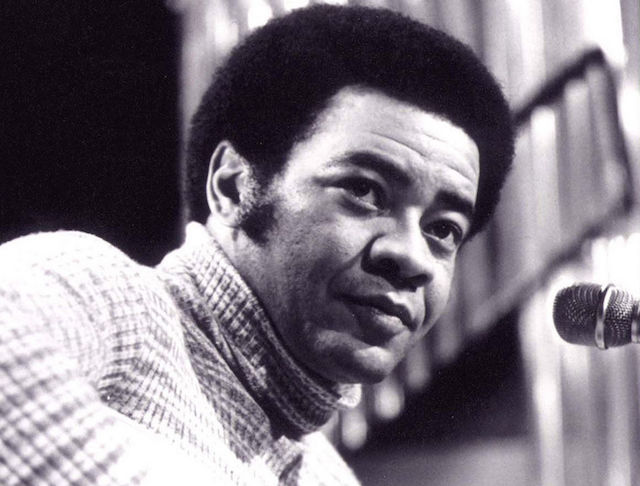Is Spotify getting too hands-on with its artists?
Music is an art form that has always been heavily influenced by the medium it’s experienced through. From rich full-length LPs on wax records to crust-punk bootlegs on cassette tapes, the audio format has played a huge role in the development of our music taste and preferences. When CDs became “king of audio” in the ‘90s, bands and labels had to market themselves differently to compensate for a shift in the mainstream. Eventually, portable mp3 players became the norm, ringing in the era of digital music consumption. So, when a monopolistic multi-billion dollar audio streaming company like Spotify can control the production, marketing and exposure of millions of bands, what does this do to the music?
Spotify has made some big steps in the past few months involving the artists who use the service to share their music. After a brief beta-testing period, Spotify implemented a playlist submission form for verified artists using the Spotify For Artists feature. They’ve also acquired a stake in one of the bigger music distribution services, Distrokid, and announced an upcoming service that would allow artists to directly upload their music to Spotify for free.
If you don’t already know about Spotify official playlists, they’re the single biggest curation hub for popular music on the internet. Some of the notable playlists (Rap Caviar, Today’s Top Hits) have over 10 million followers. Every week the playlists are updated, propelling a new track to instant hit capacity and racking up millions of plays in a matter of days.
This effectively puts Spotify on top of other journals, blogs, tastemakers and radio stations in direct exposure. These playlists have become incredibly popular, to the point where casual listeners may prefer finding new and fun playlists rather than listening to a traditional album. Naturally, the playlists have become hit collections of trendy artists played with no coherence or emotional breadth.
Now to the problem at hand. For small indie bands, landing on an official Spotify playlist is the easiest and fastest way to propel their group to instant fame. They will be able to rack up enough listens to pay rent in Philadelphia, Los Angeles or NYC. The rapid growth of bedroom pop darlings like Clairo, boy pablo and Michael Seyer due to Spotify playlists is so unnatural and startling that they’ve been labeled as “industry plants” time and time again.
Since becoming the cover of Spotify’s Bedroom Pop playlist, boy pablo has gained over a million monthly listeners, and Clairo has had a steady stream of plays ever since her breakout song “Pretty Girl” graced the same playlist. Blame their connections, blame their background, blame the time of day for their success, but Spotify playlists have given these artists a much bigger audience than any other app or website, save maybe YouTube.
Young artists are noticing this, and it’s easy to understand why. If Clairo’s style of low-effort, relatable home-recordings can make her a star, why not try and emulate what has worked before? If Spotify is by far the most popular streaming service today, they can control what people are listening to. If they control what people listen to, more and more bands will want to appeal to Spotify’s specific brand and pander to the existing playlists that have kickstarted the careers of countless groups.
Soon enough, Spotify is going to stop screwing around and just fund their own bands, Netflix Original style. Does anything sound worse than the tired marketing team at Spotify trying to formulate the perfect quirky-cute internet band after deeply analyzing their extensive demographic data? Isn’t there a conflict of interest when the agency in control of who hears the music is also in control of what they hear? Shouldn’t Spotify let their customers decide what they want to hear instead of forcing young and talented artists to castrate their style in hopes of making it onto an official playlist?
This hasn’t become a problem yet, but every few months Spotify becomes more involved in the artistic side of the process than they probably should be. If you’re a creator, don’t let Spotify’s monopoly on playlisting intrude on your art! Trends and waves come and go, but the music made with genuine love, care and attention will never go out of style.



